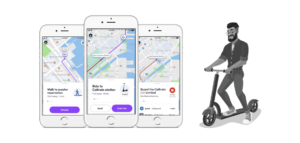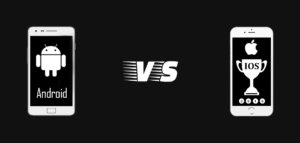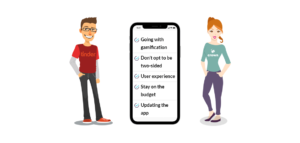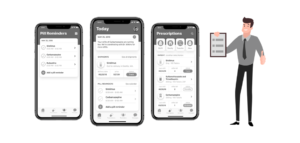How mobile payments in Kenya are revolutionized by M-Pesa and what is the scope for developing e-wallets like M-Pesa?
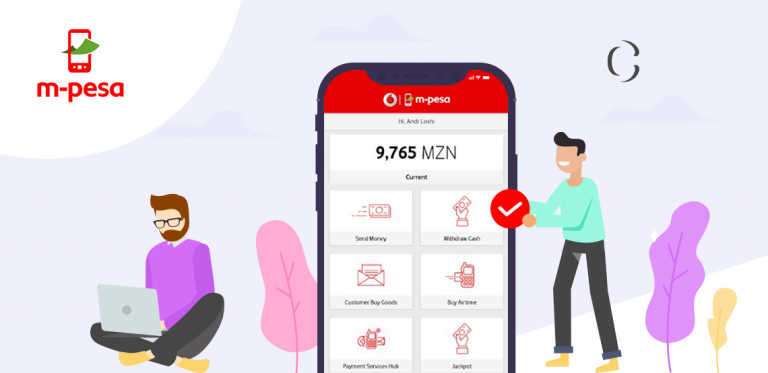
Apple Pay, Venmo, Google Pay, WeChat Pay, PayPal, and now M-Pesa, they all have provided a way to pay with just about any device or service. In the digital world, this is a great way to do all your payments at a click of a button. Mobile payment services make things easier and safer. People can easily send and receive money without actually visiting a bank.
But this technology has fast evolved in some places. In fact, looking back at the history of mobile payments- we would say the world is just catching up. In Kenya, M-Pesa has revolutionized the way people spend, save and send money.
Problems :
In Kenya and other parts of Africa, the breadwinner of the family typically travels to urban areas for work. Their families, however, stayed behind. They needed a way to send money to their relatives. Sometimes, they had to travel for days to get home just to give the money or they had to trust some bus driver to take their money home. These people didn’t have any access to financial services like banking infrastructure. And even if they used banks they had to pay a huge chunk of money from their wages.
Concept of E-Wallet app M-Pesa
The concept of M-Pesa was to create a service in order to allow microfinance borrowers to conveniently receive and repay loans and payments. This was to enable microfinance institutions to offer more competitive rates to their customers. The user service would be benefited as they will be able to track their finances more easily.
The loan systems were re-engineered to focus on transmitting money from one phone to another. They tried to have a branch at every street and corner with an aim that their customers would visit those agents with cash and they would use a series of SMS’s to convert the money into electronic funds. These e-funds would then sit on their SIM cards and they could transfer money to anyone who would visit the local agents to withdraw the cash. They needed the transaction process to be fast and cost-efficient.
When M-Pesa was launched, the customers adopted it for a variety of alternative uses. There were a lot of complications arising with the Faulu. Once again, M-Pesa was refocused and relaunched. This time it offered to send remittances home across the country and making payments.
Launch of e wallet app M-Pesa in Kenya
M-Pesa was launched by the Kenyan mobile network operator Safaricom in 2007. It quickly captured a remarkable market share for cash transfers. It had almost 17 million subscribers in Kenya alone. It’s growth led the banking institutions to pay heed to it. The robustness of the service was found in an audit conducted at M-Pesa making it a successful product. M-Pesa transactions for 11 months of the year 2014 were valued at KES 2.1 trillion which was counted as a 28% increase from the year 2013. In the year 2014, an M-Ledger app was launched for its users.
There are many other companies whose business models rely on the M-Pesa systems in Kenya such as M-kopa and Sportspesa. It was even reported that Google Play started taking payments for apps via Kenya’s M-Pesa service.
The original platform of M-Pesa was hosted in a tiny box in the corner of an office in Cambridge. They faced many technical challenges as they weren’t prepared. The technology was scaling rapidly and they needed to keep up with the growth and development of the market. They also needed to ensure that the service was reliable every time. The little box slowly grew into two data centers. One of them was in Germany and the other one in the UK in order could provide the failsafe facility. However, later the M-Pesa data center was relocated to Kenya.
Challenges:
The biggest challenge that the M-Pesa team faced was achieving critical mass. They needed to reach a lot of people to use M-Pesa to sustain. There were huge investments and hard work in order to train and nurture the network of agents.
Results:
The end of the first year had them 1.2 million customers and M-Pesa grew rapidly after that. On its 10th anniversary, they are serving more than 30 million through 287,400 agents across 10 countries.
According to a study by Massachusetts Institute of Technology, M-Pesa has had a dramatic impact on the overall economy of Kenya and lifted many households out of poverty.
M-Pesa is a revolutionary step that has empowered millions of people even in the poorest communities in the world.
Sending money to Kenya via M-Pesa is a low-cost, quick and safe way to transfer and receive money. M-Pesa works in real time so that your family member living, working or traveling to Kenya will receive the money at a faster pace than any of the traditional bank transfer. The transactions of M-Pesa are protected and signed with a PIN that helps to keep the safety and security of the process. Also, as there are no service charges on M-Pesa account and a user can pay as they transact. There is no minimum amount that can be held in M-Pesa account to you can keep it active even if it is kept empty.
After reading the above information, you can imagine how many opportunities the P2P wallets have. If you are thinking to develop an app like M-Pesa, we can help you with the development of such an app. We have the expertise and have developed many such mobile apps with the latest technologies. Our talented developers have created hundreds of such apps and we can help you to take your business to the next level by providing you an app with out of the box features.
For any further queries, feel free to connect with us through the contact us form.



